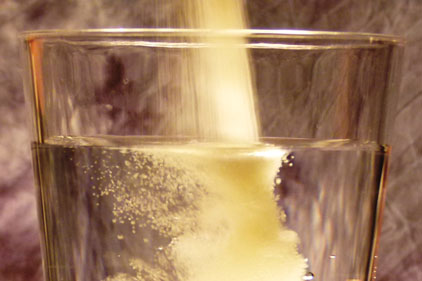“India, the second largest producer and the largest consumer of sugar in the world, has shifted from being a net exporter to a net importer and back again, making it a pivotal participant in the global sugar market”
In the report, published by the bank’s Food & Agribusiness Research and Advisory team, the bank says Asia and Africa will be the driving forces behind significant global growth in sugar consumption, which is projected to grow from 166 million tonnes to 203 million tonnes, raw value, by 2020/21. The leading driver of rising global consumption will be Asia, where consumption is expected to rise from 75 million tonnes to 97 million tonnes, raw value, over the same period. However, in percentage growth terms, Rabobank expects Africa to display the greatest upward trend. Africa´s sugar consumption is expected to grow at an annualised rate of 3.4%, ahead of Asia (2.9% per year) and South America (2.1% per year).
Andy Duff, Rabobank´s global strategist for sugar, said, “The Asian region is expected to remain the powerhouse of global sugar consumption and imports, but local production in key countries such as China, Indonesia, Thailand and India is also projected to rise strongly. Given that the technical performance of all these industries -- in terms of crop yields and crop quality -- is relatively low, there appears to be significant scope to achieve gains, assuming a positive outlook for margins and for investment in technology, R&D, and extension services for farmers.”
Speaking of the potential for growth in Africa, Duff added, “There is no shortage of interest in new sugar production projects in Africa, where consumption growth is high and the cost of freight from the coast to inland locations means that local market prices can be well above world market prices. Even allowing for a proportion of announced projects to fall by the wayside before completion, we expect African sugar production to grow significantly in the coming years. The political environment at the national, regional and local levels is likely to be pivotal in the development and implementation of new projects in Africa.”
Global sugar trade
Rabobank expects the global sugar trade to reach 64 million tons raw value by 2020/21, an increase of some 22% over estimated trade in the period 2009/10 to 2011/12. This growth is somewhat less than the projected growth of consumption over the same period (25%), reflecting the general expectation that there should be significant growth of production in some parts of the world that have historically been substantial importers (e.g., Russia).
“India, the second largest producer and the largest consumer of sugar in the world, has shifted from being a net exporter to a net importer and back again, making it a pivotal participant in the global sugar market,” added Duff. “Although weather is a key driver behind these seasonal production swings, government policy measures have had a major impact. In the near term, the removal of the levy sugar obligation and the abolition of the quarterly release mechanism, effective as of the 2012/13 season, will provide immediate relief to the Indian sugar sector. This partial de-control should create a more positive investment climate and large and well managed players will have competitive advantages with an opportunity to grow.”
Imports
Asia is projected to maintain its dominant share of global imports, while South America’s share of global imports is also expected to rise, driven by continued consumption growth in key countries where local production growth is not expected to keep pace. Europe’s share of imports is expected to decline very slightly, largely as a result of increasing production in Russia (until recently the world´s leading importer of sugar) and the Ukraine. This decline could be greater if EU sugar quotas were to be abolished at some point during the forecast period.
Exports
Brazil, Thailand and Australia are expected to remain the world´s top three exporters, each increasing their share of global exports up to 2020/21. Rabobank expects Brazil to remain the world’s most important exporter. However, unlike the last 10 years, when Brazil´s share of world market exports grew from 25% to 46%, Rabobank´s projections suggest that future growth in Brazilian sugar production and exports will be more gradual, raising the country´s share of total world sugar exports to 50% by 2020/21.
Thailand is projected to increase its market share from 11% to 145, and Australia is expected to make modest gains (rising from 5% to 6%). With the combined market share for the rest of the world’s exporters projected to decline from 37% to 30%, Rabobank’s forecasts effectively point to a continuing concentration of global sugar exports over the next 10 years.
